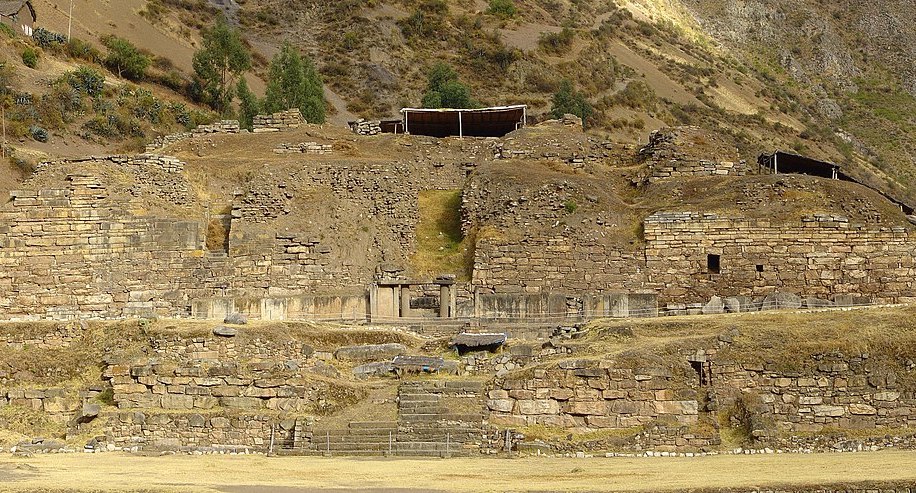
In Peru, a team of archaeologists have made a new discovery. They have found a sealed corridor that is over 3,000 years old.
This corridor, known as “the condor’s passageway,” is believed to lead to other chambers within a huge temple complex that was once part of the ancient Chavin culture.
The Chavin de Huantar archaeological site is situated approximately 190 miles (306 km) northeast of Lima. It was a significant hub for the Chavin culture, flourishing from about 1,500 to 550 BC, reported Reuters.
The Chavin civilization is famous for its impressive artwork, which often showcases birds and felines. These ancient people lived in the northern highlands of the Peruvian Andes long before the powerful Inca Empire emerged, going back more than 2,000 years.
Recently, archaeologists have been concentrating on a hallway within the southern section of the temple.
This particular area had been sealed off because it was deemed structurally weak. However, the recent discovery provides valuable insights into the early stages of the Chavin civilization.
Entrance to an ancient temple in Peru ‘Frozen in Time’
Archaeologist John Rick shares that the discoveries made here have been ‘frozen in time,’ reported Reuters.
Inside the passageway, the team uncovered a significant artifact: a large ceramic piece weighing approximately 37 pounds (17 kg).
It is adorned with what appears to be the head and wings of a condor. Additionally, a ceramic bowl was also found. These items were unearthed in May 2022 when the entrance to the passageway was revealed.
In ancient Andean cultures, the condor held great significance. Being one of the largest birds in the world, it was associated with power and prosperity.
Archaeologists have unearthed an entrance to an ancient temple in Peru which they say is ‘frozen in time’ https://t.co/xrnB1xlv1h pic.twitter.com/4T8LHQlja9
— Reuters (@Reuters) July 13, 2023
The temple complex includes terraces and a network of passageways, which have recently come to light.
John Rick, an archaeologist from Stanford University, has mentioned that a significant portion of the temple complex is still awaiting excavation.
To explore the entrance of the “condor’s passageway,” Rick’s team utilized robot-mounted cameras. This method allowed them to navigate the debris that had filled the passage over time while minimizing the risk of causing further damage to the ancient architecture.
Chavin de Huantar was recognized as a UNESCO World Heritage site in 1985. This designation was made by the United Nations’ educational, scientific, and cultural organizations.
Early religious practices in ‘Chavin de Huantar’
Archaeologists are engaged in ongoing discussions regarding the religious practices that were likely carried out during the peak period of Chavín de Huántar.
In the 1970s, Peruvian archaeologist Luis Lumbreras visited the site and had the opportunity to gather oral histories from the local people.
According to their beliefs, the word “Chavín” is derived from the Quechua term “chaupin,” which means “center,” emphasizing its importance to the indigenous communities of that time.
After conducting investigations at the site, Lumbreras proposed a theory suggesting that the elites within these communities may have been responsible for developing the rituals practiced at the temple.
He also postulated that they might have encouraged their followers to visit the temple as a means of upholding their political and social structure.
See all the latest news from Greece and the world at Greekreporter.com. Contact our newsroom to report an update or send your story, photos and videos. Follow GR on Google News and subscribe here to our daily email!



